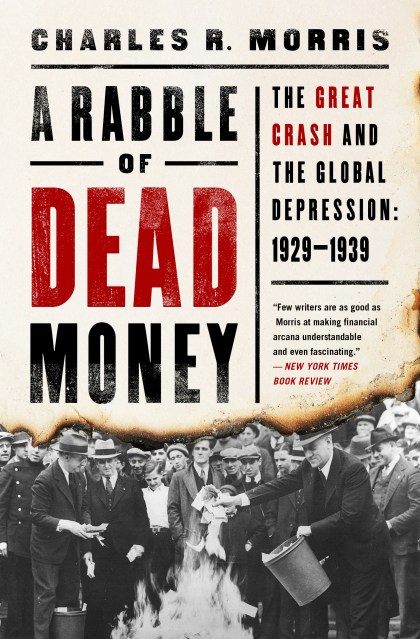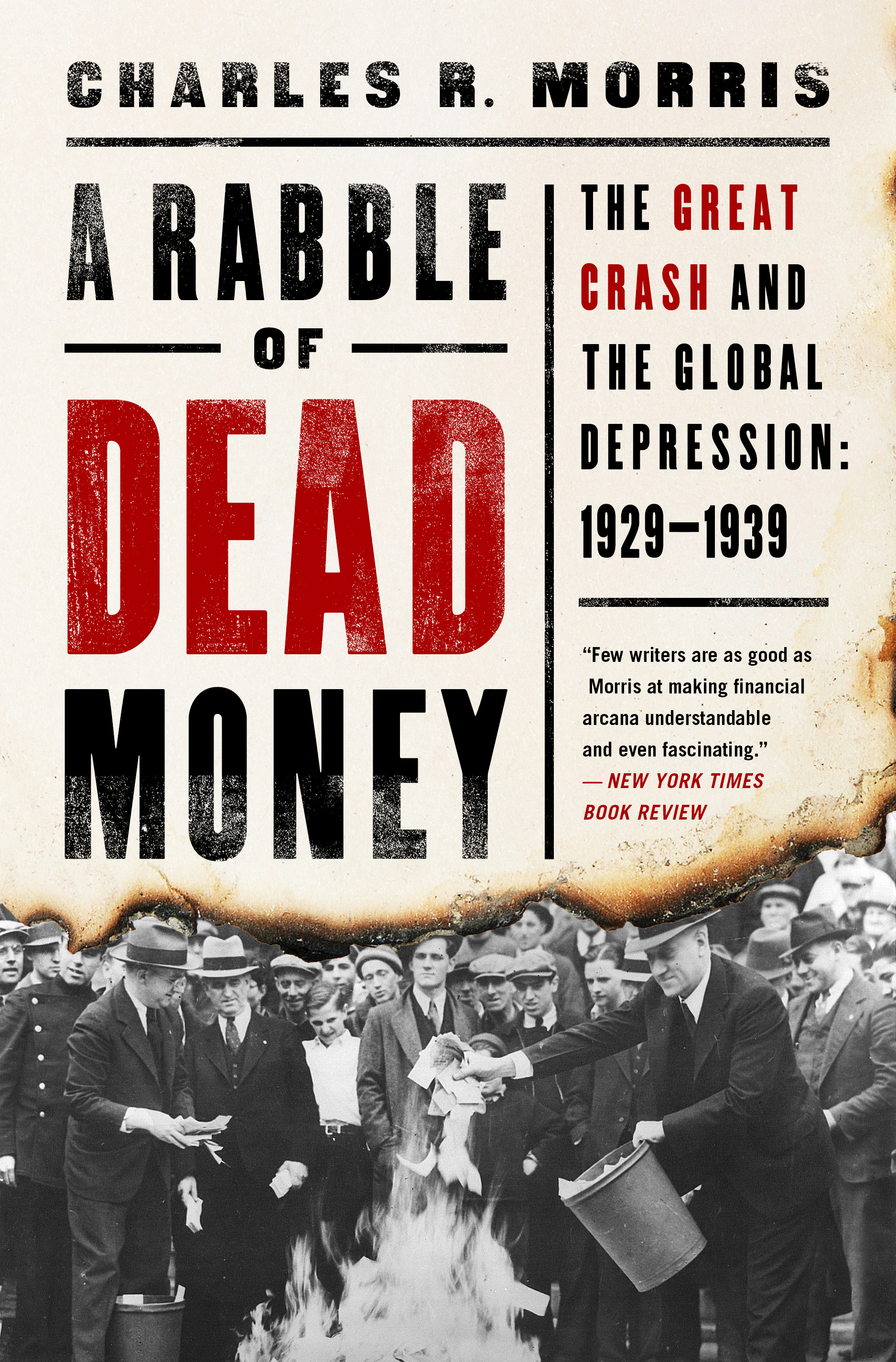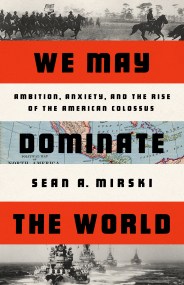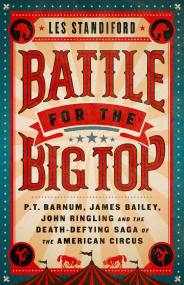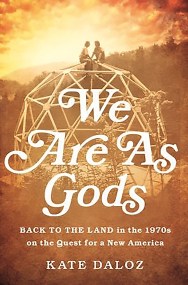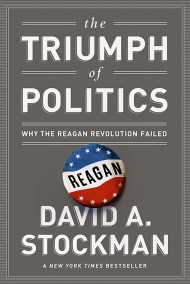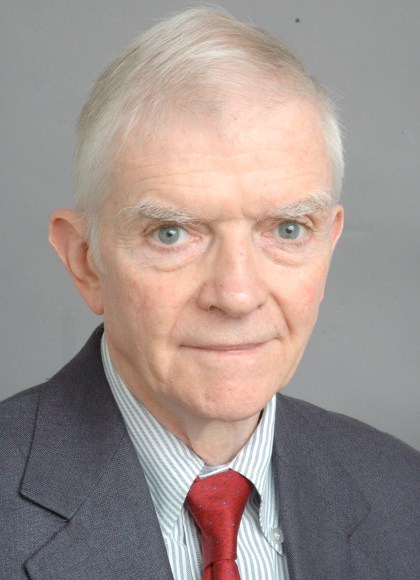Promotion
Use code MOM24 for 20% off site wide + free shipping over $45
A Rabble of Dead Money
The Great Crash and the Global Depression: 1929–1939
Contributors
Formats and Prices
Price
$9.99Price
$12.99 CADFormat
Format:
- ebook $9.99 $12.99 CAD
- Trade Paperback $18.99 $24.99 CAD
This item is a preorder. Your payment method will be charged immediately, and the product is expected to ship on or around March 7, 2017. This date is subject to change due to shipping delays beyond our control.
Also available from:
In this lucid and fast-paced account of the cataclysm, award-winning writer Charles R. Morris pulls together the intricate threads of policy, ideology, international hatreds, and sheer individual cantankerousness that finally pushed the world economy over the brink and into a depression. While Morris anchors his narrative in the United States, he also fully investigates the poisonous political atmosphere of postwar Europe to reveal how treacherous the environment of the global economy was. It took heroic financial mismanagement, a glut-induced global collapse in agricultural prices, and a self-inflicted crash in world trade to cause the Great Depression.
Deeply researched and vividly told, A Rabble of Dead Money anatomizes history’s greatest economic catastrophe — while noting the uncanny echoes for the present.
Genre:
- On Sale
- Mar 7, 2017
- Page Count
- 416 pages
- Publisher
- PublicAffairs
- ISBN-13
- 9781610395359
Newsletter Signup
By clicking ‘Sign Up,’ I acknowledge that I have read and agree to Hachette Book Group’s Privacy Policy and Terms of Use
